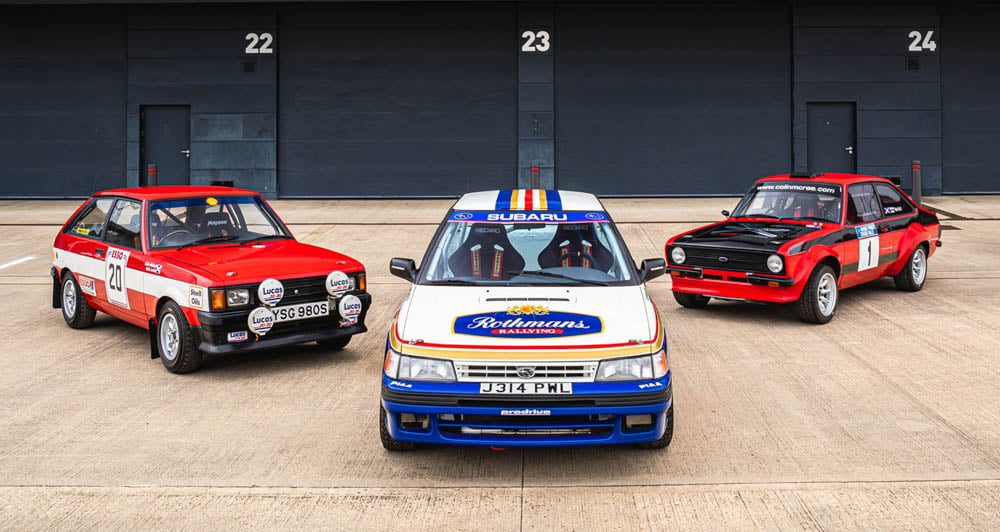
We’ve seen how virtual reality is making a positive contribution in the design and manufacture of cars. We know that the technology behind connected cars is no longer a distant reality. In this day and age when cars are steadily becoming supercomputers on wheels, there is essentially a limitless variety of tech that can be shoehorned into your next ride. At this year’s Consumer Electronics Show (CES) in Las Vegas, Nissan shows off the latest from its Nissan Intelligent Mobility line of innovations.
The Japanese automaker calls it I2V, or Invisible-to-Visible. It’s basically technology that allows a car to combine information gathered from internal and external sensors and from the cloud into a single, unified image that is made available to the vehicle’s occupants. By having this virtual world at the driver’s fingertips, Nissan aims to improve situational awareness and create a more pleasant in-car environment for everyone onboard.




I2V runs on Nissan’s Omni-Sensing technology, a virtual data processor that takes in information from a myriad of environmental and vehicle sensors. Nissan’s Seamless Autonomous Mobility (SAM) technology provides real-time analysis of road conditions up ahead, while the ProPilot driver support system instantaneously relays information gathered from the vehicle sensors. Combined, this allows Omni-Sensing to create a detailed 3D map of the car’s immediate surroundings, providing its occupants with an unprecedented view of the “world” around them.
Heightened situational awareness while driving isn’t just being mindful of what’s around, but it is also knowing how to react should these stimuli create unexpected disruptions and engage the driver. To allow the driver to get a clearer picture of the vehicle’s surroundings, I2V can generate a virtual overlay of his or her line of sight. This full-screen sight picture displays several bits of information, including adverse weather conditions and roadside hazards, giving the driver ample time to respond and plan for contingencies.
A computer-generated image of a chase car is projected onto the full-screen overlay where it shows the human driver the most efficient way to operate the vehicle
I2V also previews the future of in-car navigation systems. While most mobile GPS apps provide a two-dimensional view of the road ahead and turn-by-turn instructions, Nissan takes it a step further by enabling the driver to book a virtual coach via Metaverse, the proprietary social media hub of the I2V system. Not only does it function similarly to a traditional satnav system, but it also acts as a driving instructor. With data provided by the Omni-Sensing module, a computer-generated image of a chase car is projected onto the full-screen overlay where it shows the human driver the most efficient way to operate the vehicle, right down to the optimal acceleration and deceleration rates.


For the ultimate in virtual reality systems for cars, I2V can literally see around blind curves and obscured corners. By using maps generated in real time by Omni-Sensing, I2V can see around tall buildings and narrow city streets, providing an unprecedented field of view for anyone using it. With the ability to virtually blast through impregnable obstacles such as walls, the driver is better informed of the road ahead and can thus make sound decisions regarding which alternate routes to take. It can even peek through vehicles at a crowded parking lot, and have the SAM system park the car itself.
The rapid progress in automotive technologies such as I2V is truly staggering. What was once a childish dream fueled by fictitious representations of the future of motoring in animated films is now gradually taking shape in the real world. All these research-and-development efforts may lead us to one day being able to speak to our cars like we do with Siri on our iPhones. Cool stuff.











Comments